Prosthetics are devices used to act as a replacement or substitute for a missing body part. They can be used as limb replacements for those who have suffered amputations as a result of injury, cancer, complications of diabetes, and many other conditions. Prosthetics can be designed for those who have lost entire limbs, as well as those who have lost part of one.
At a minimum, prosthetics are designed to replace the basic functions the limb would provide in daily life. For instance, foot and leg prosthetics are designed at a minimum to help people walk and stand. Hand prosthetics are designed to help you eat, dress, and maneuver objects. They can be a crucial part of helping those without the original limb live independently and comfortably. However, there are many specialized prosthetics that can allow the user to retain as much, or nearly as much, mobility and function as they would before an amputation.
Types of prosthetics
Amongst the different categories of limb prosthetics that we are going to take a look at, there is a near-infinite variety, offering different levels of mobility and functionality. There are also more specific prosthetics that could hypothetically be used to replace everything from a finger to a toe, but the four most common varieties are:
- Below-the-knee, a prosthetic lower leg, aka transtibial
- Above-the-knee, a prosthetic upper and lower leg, aka transfemoral
- Below-the-elbow, a prosthetic forearm, aka transradial
- Above-the-elbow, a prosthetic lower arm, elbow and upper arm, aka transhumeral
Most prosthetics share a similarity in construction. There is the prosthetic limb themselves and a mechanism that attaches it to the socket. The socket is connecting area that interfaces between the body and the prosthetic, often worn over the remaining part of your own limb, also known as the residual limb.
Control systems can be added, particularly for arm and hand prosthetics, that use either muscle movement or myoelectric systems to articulate mechanisms, from pincer attachments to artificial fingers. Myoelectric control systems are much more expensive and involve electronic sensors that detect muscular impulses in the residual limb, making them incredibly intuitive.
Choosing the right prosthetics
Whether you require a full limb replacement or substitute, or to replace only a part of a limb, there is a very wide range of prosthetic devices out there to consider. Budget will play a key role in choosing how much functionality you can expect. Regardless of budget, the keys of an effective solution are:
- How well the prosthetic fits
- How stable the device is
- How comfortable it is
- The socket type and components used in the design
- Your goals, general physical health, and capability for independence
Working closely with the prosthetist who designs or sells the prosthetics makes it all the more likely to be a good fit.
What to expect
There is naturally a period of adjustment to using a prosthetic, whether it’s replacing an amputated limb or used as a substitute for a part of the body that was never there (known as a congenital amputation.) Your expectations should also vary based on the device chosen and the expected functions of that device.
Your chances of success are heightened all the more by working closely with a clinical team, including a doctor, physical therapist, prosthetist, etc. Having a team active in the design, fitting, and the rehabilitation and use of the prosthetic is essential.

Listed below you can find the types of services we provide.
- Hip Disarticulation
- Above Knee
- Knee Disarticulation
- Below Knee
- Symes
- Partial Foot (Boyd, Pirogoff, Chopart, Liscfrank, transmetatarsal etc.)
- Upper extremity
- Shoulder Disarticulation
- Above Elbow
- Below Elbow
- Wrist Articulation
- Partial Hand
- Finger Prostheses

Resources
Ossur https://www.ossur.com/
Ottobock https://www.ottobockus.com
Endolite https://www.endolite.com/
College Park https://www.college-park.com
Freedom Innovations http://www.freedom-innovation
